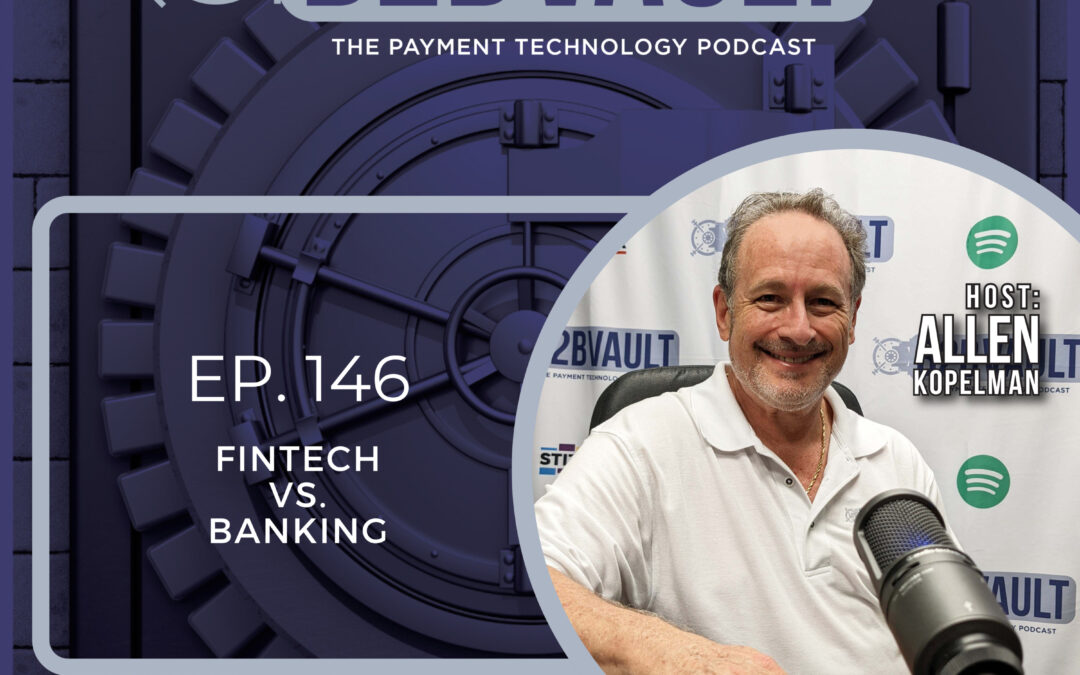Welcome to today’s podcast episode, where we’ll be exploring the question: is financial technology changing how we bank? In recent years, the rise of financial technology, or fintech, has brought a new level of convenience and accessibility to the world of banking. But with this change, also comes the question of what impact it has on traditional banking methods.
To begin, let’s take a look at what fintech is and how it’s changing the way we bank. Fintech is a broad term that encompasses all types of technology used to support financial services. It includes mobile banking apps, online payment platforms, robo-advisors, and peer-to-peer lending platforms, among others. With the development of these technologies, banking has become more accessible and convenient than ever before.
One of the most significant impacts of fintech on banking is the increase in mobile banking apps. These apps allow customers to access their bank accounts, transfer funds, and make payments, all from the convenience of their smartphones. This accessibility has not only made banking more convenient but also more secure, as customers can monitor their accounts and transactions in real-time, reducing the risk of fraud.
Another way fintech is changing how we bank is through online payment platforms. Services like PayPal, Venmo, and Square have made it easy for people to send and receive money without needing to use traditional banking methods. This is particularly useful for small businesses or individuals who may not have access to traditional banking services.
Fintech is also changing the way we invest and manage our finances. Robo-advisors, for example, use algorithms to create investment portfolios that are tailored to an individual’s goals and risk tolerance. This technology allows investors to have access to investment advice and services that were previously only available to high net worth individuals.
Peer-to-peer lending platforms, like Lending Club and Prosper, have also changed the way people access credit. These platforms connect borrowers with lenders, making the lending process more efficient and cost-effective. This type of lending is particularly useful for individuals who may have difficulty accessing traditional banking services, like those with low credit scores or those who are self-employed.
While fintech has undoubtedly made banking more accessible and convenient, it’s also raised concerns about privacy and security. With so much personal information being stored online, there’s a risk of data breaches and fraud. There’s also a concern that traditional banking services may be left behind as more customers turn to fintech services.
However, it’s important to note that fintech is not necessarily a replacement for traditional banking methods. In fact, many traditional banks are embracing fintech and incorporating it into their services. For example, many banks now offer mobile banking apps and online payment platforms. This integration of technology has allowed banks to compete with fintech startups and retain their customers.
So, what does the future of banking look like in a world of fintech? It’s likely that we’ll continue to see more integration of technology into traditional banking services. For example, we may see more banks using artificial intelligence and machine learning to personalize their services and offer more tailored advice to customers. We may also see a rise in digital currencies and blockchain technology, which could further revolutionize the way we make transactions and manage our finances.

